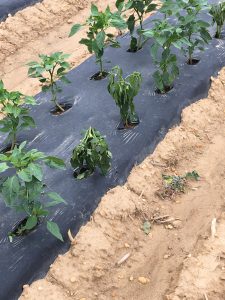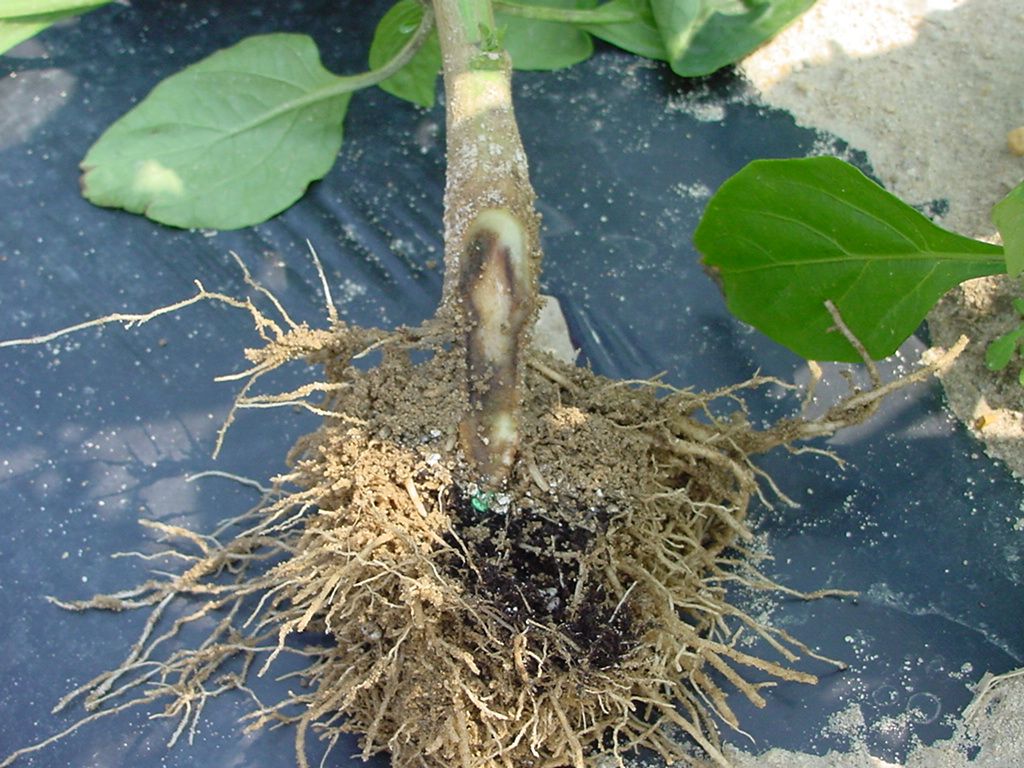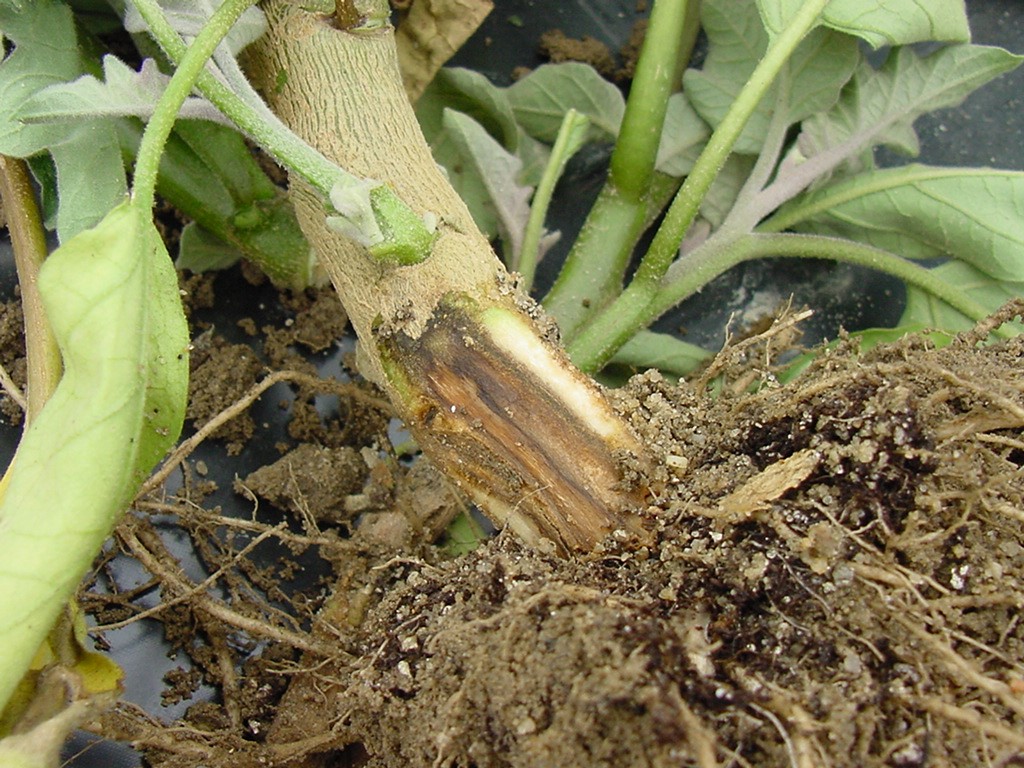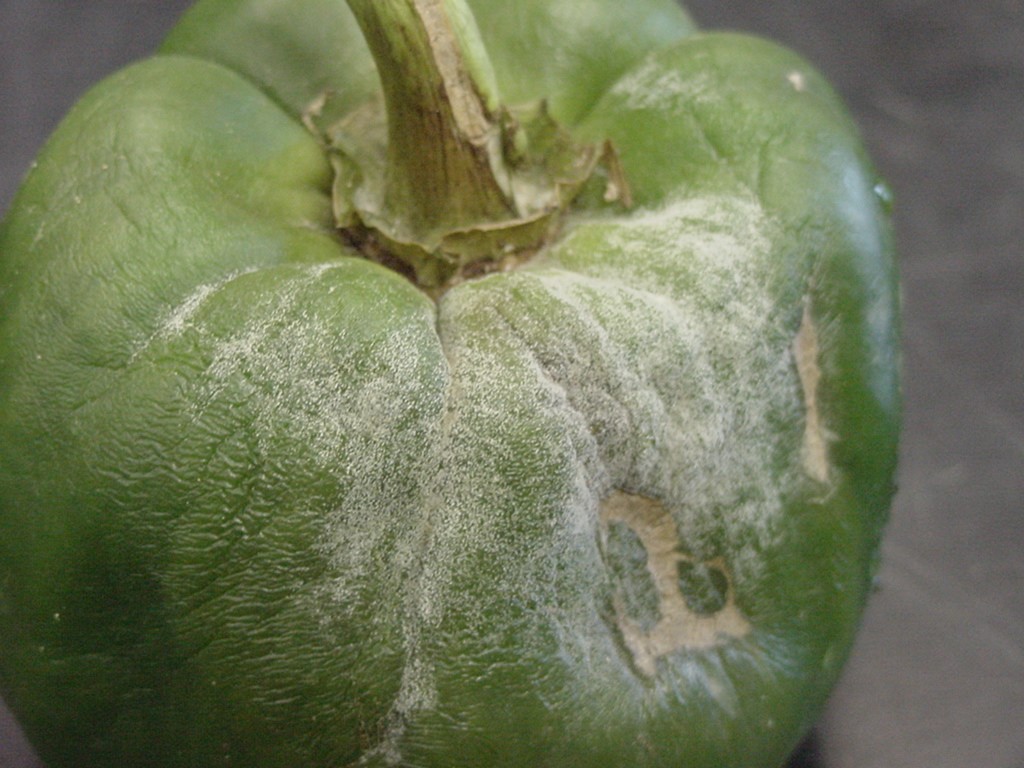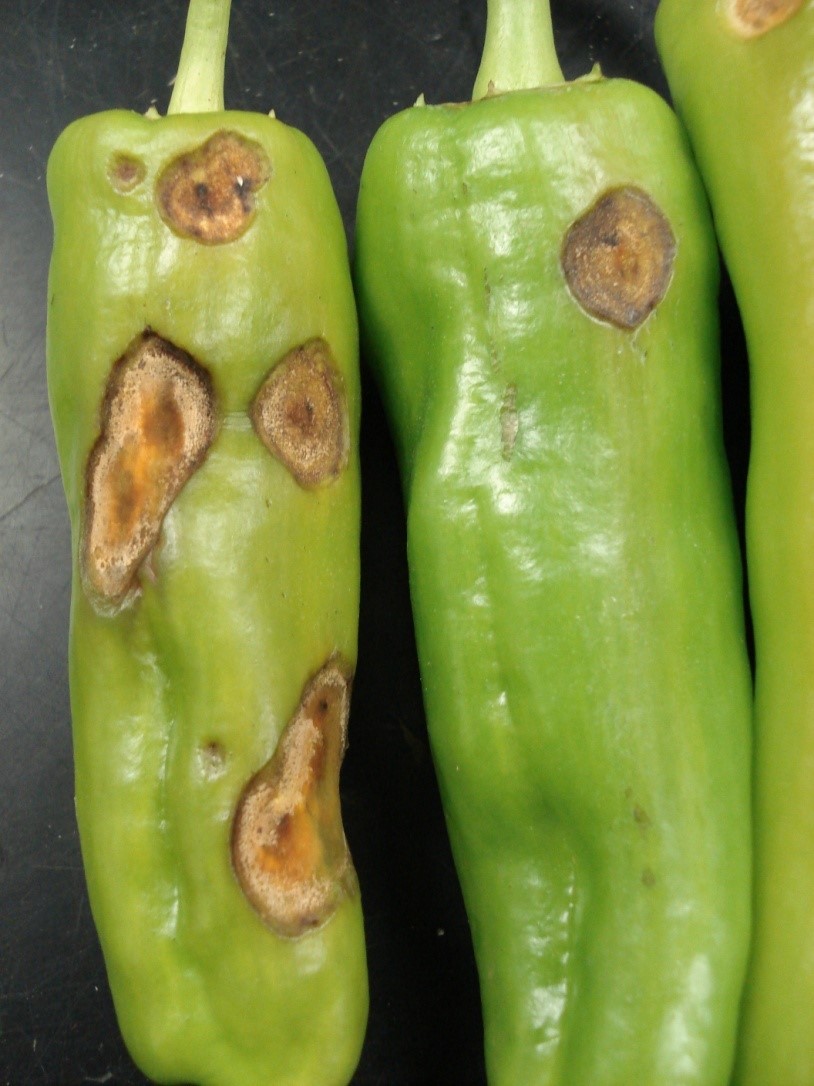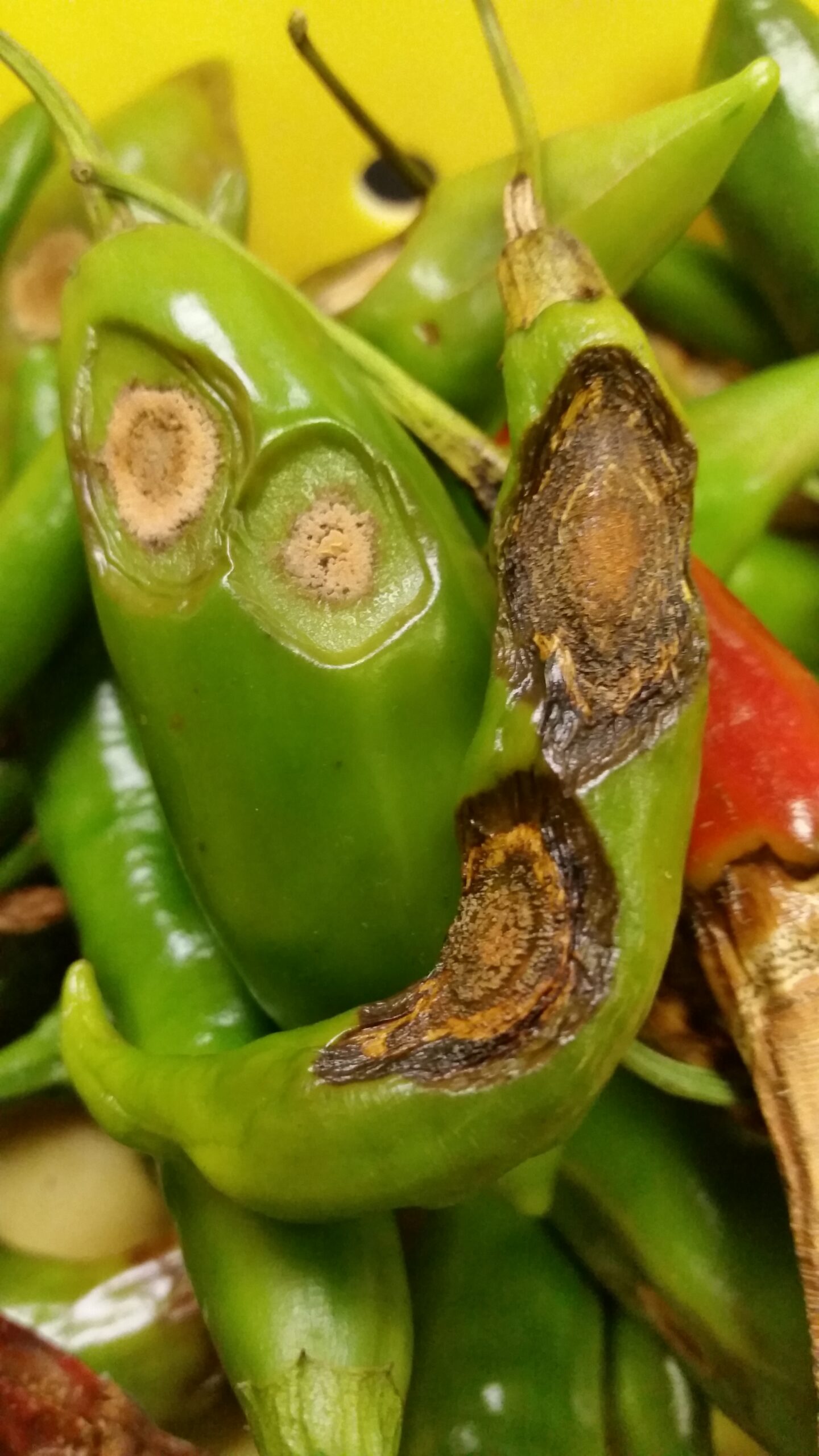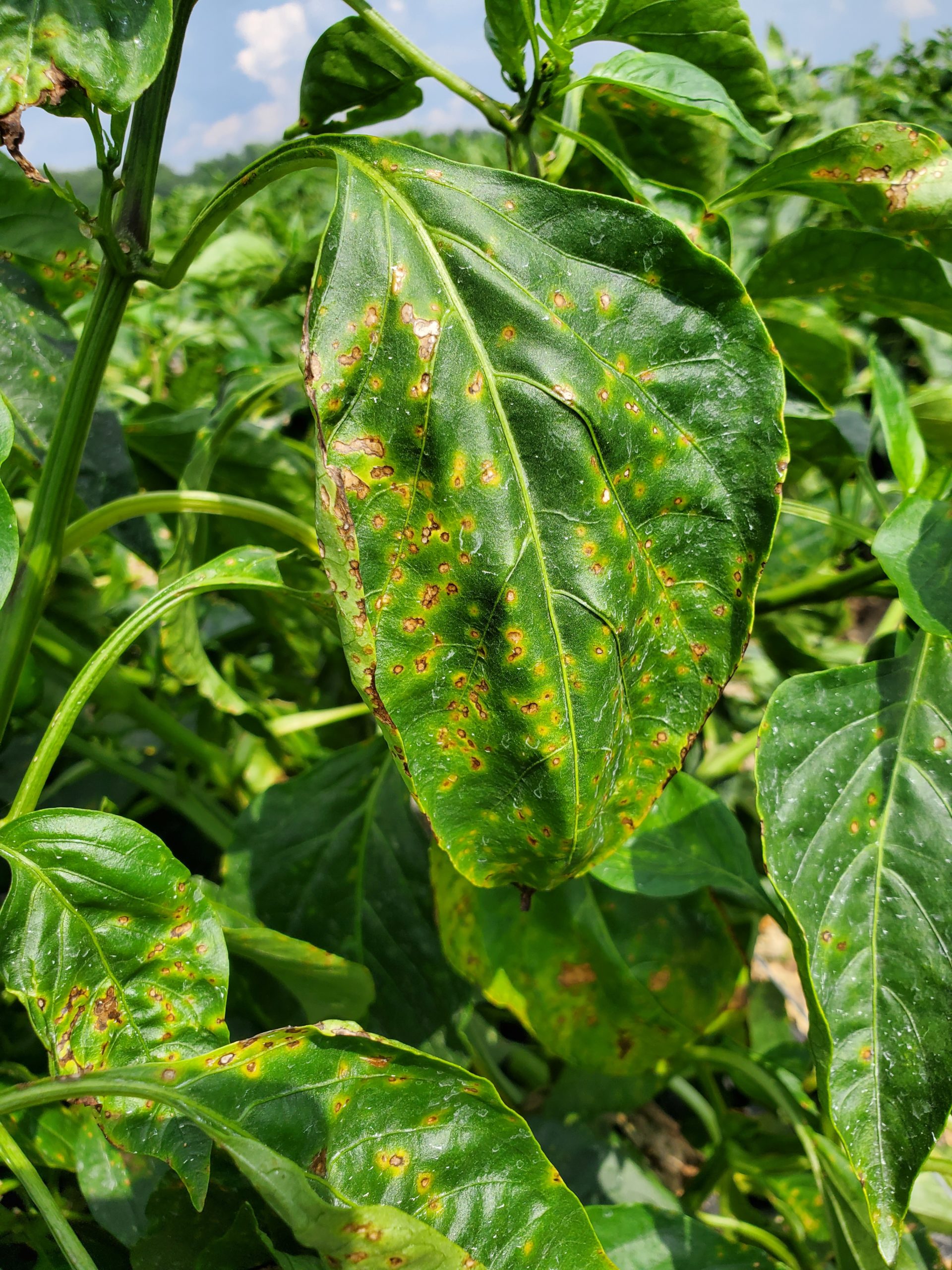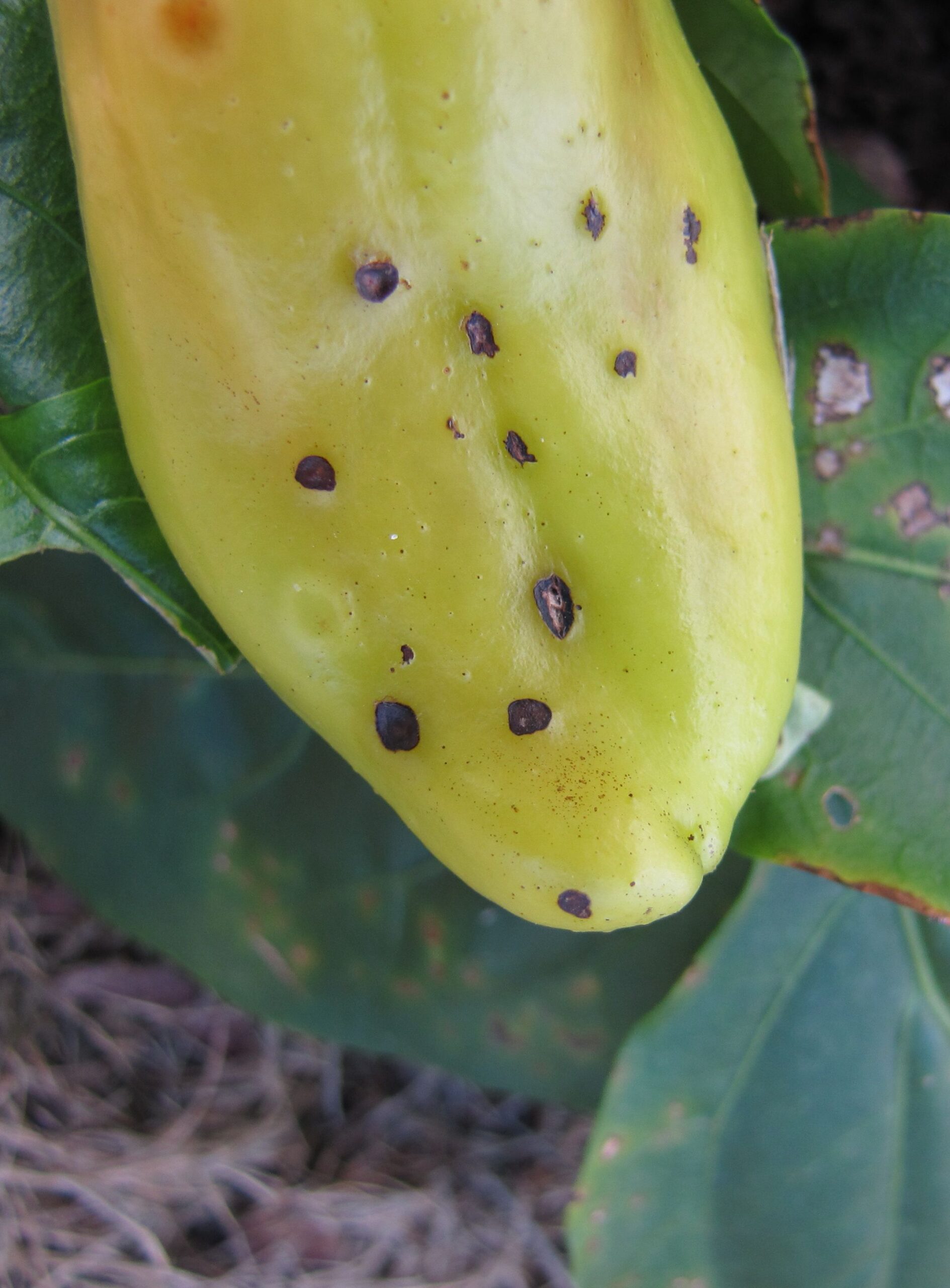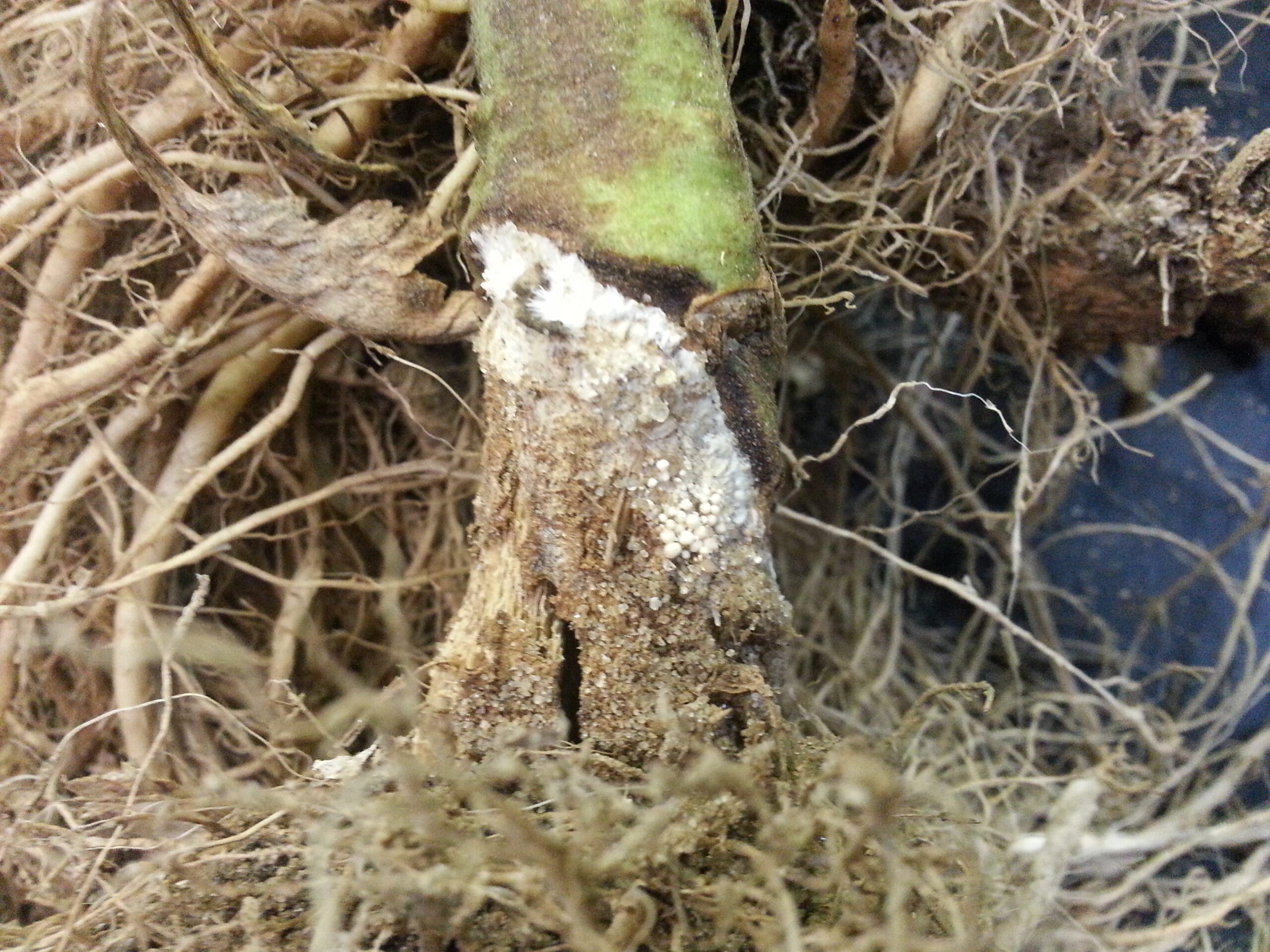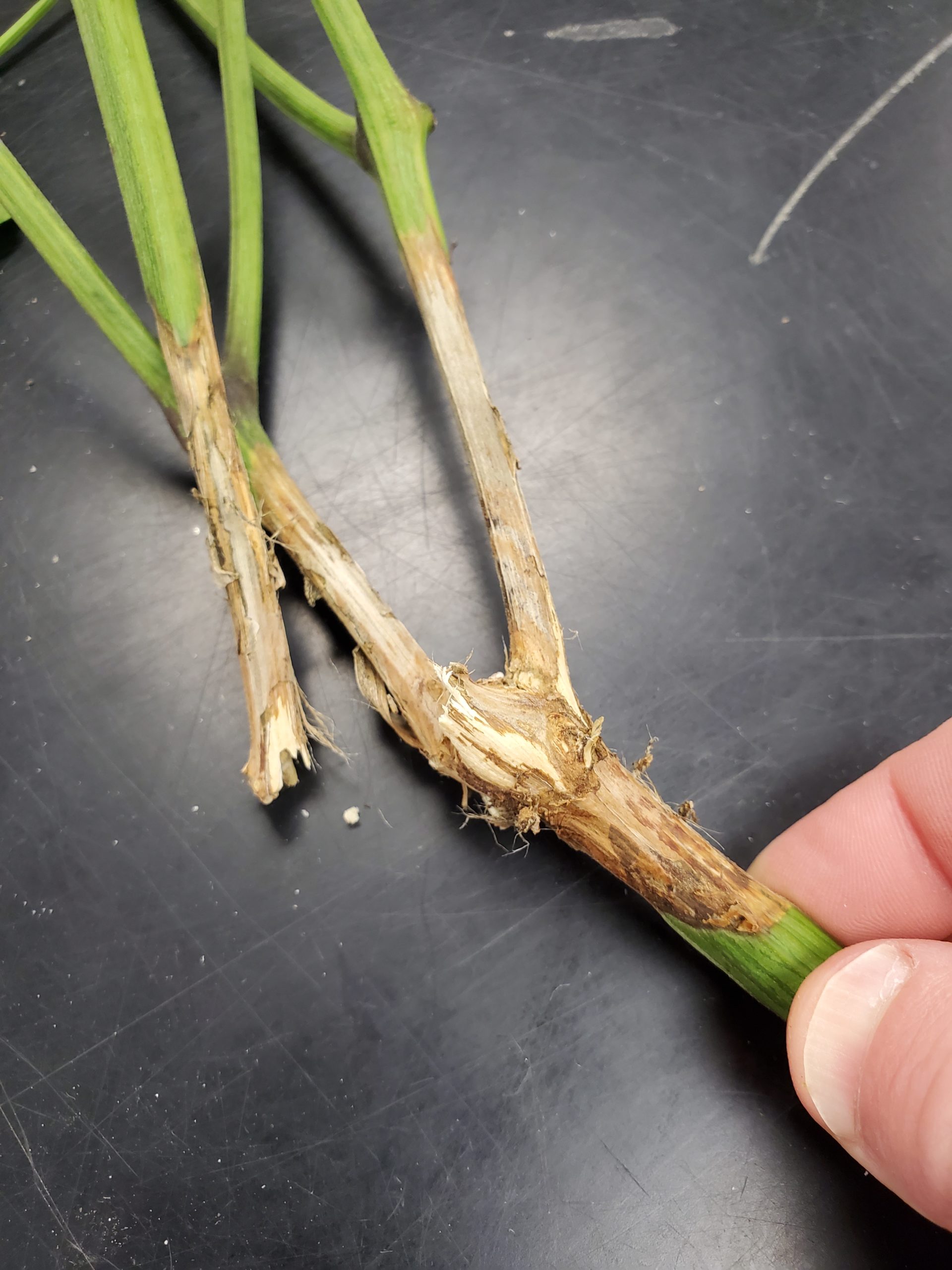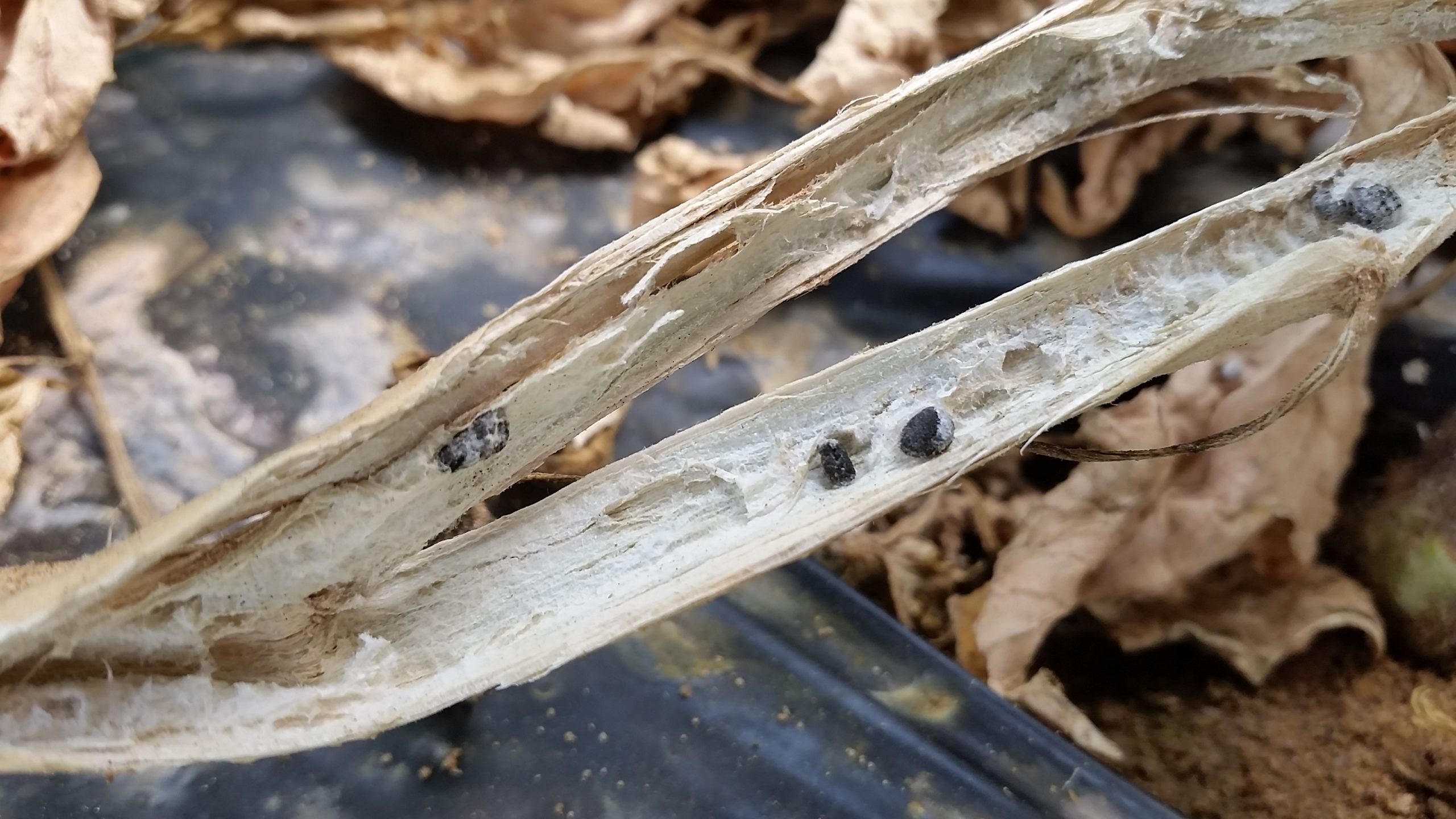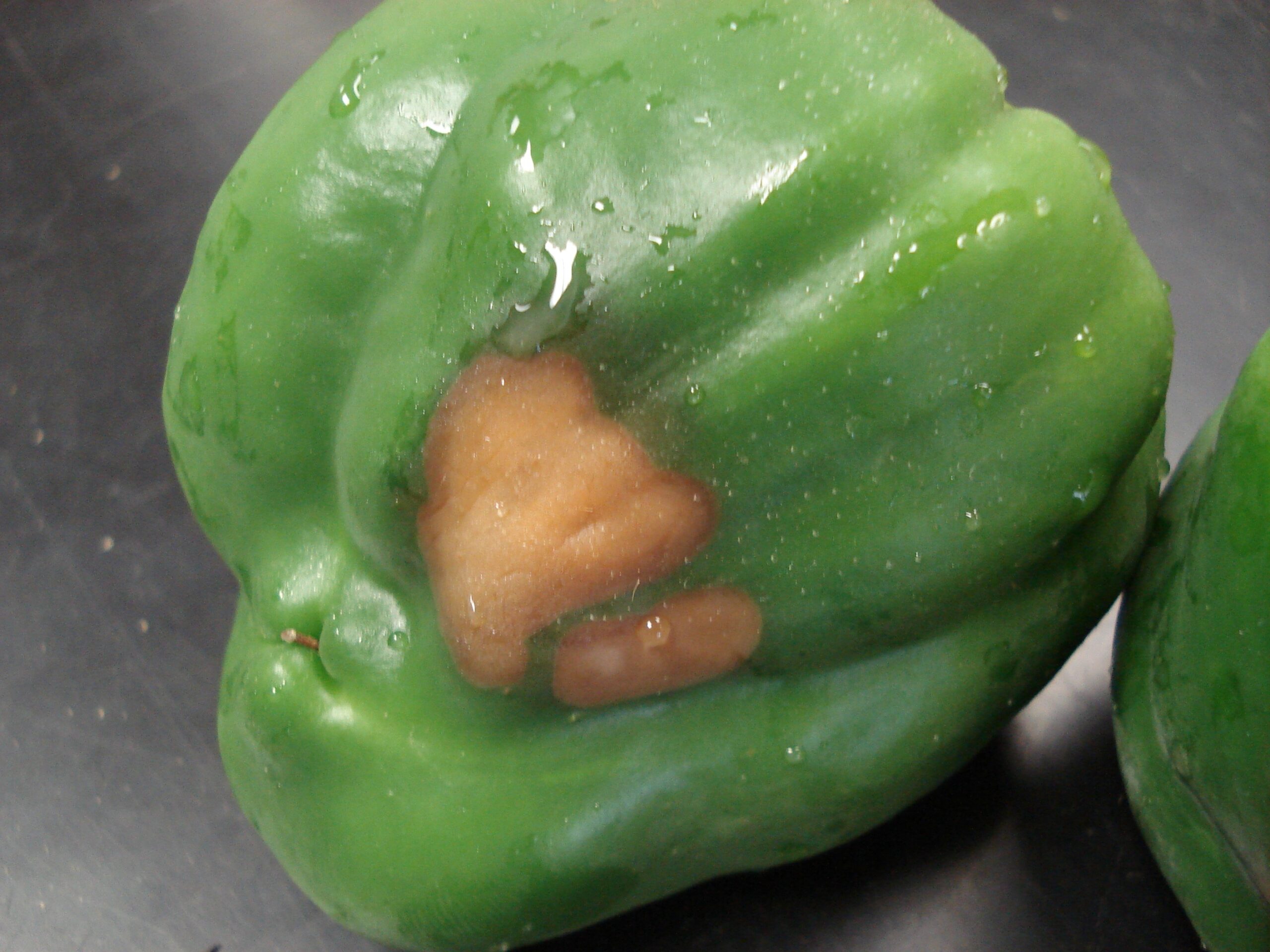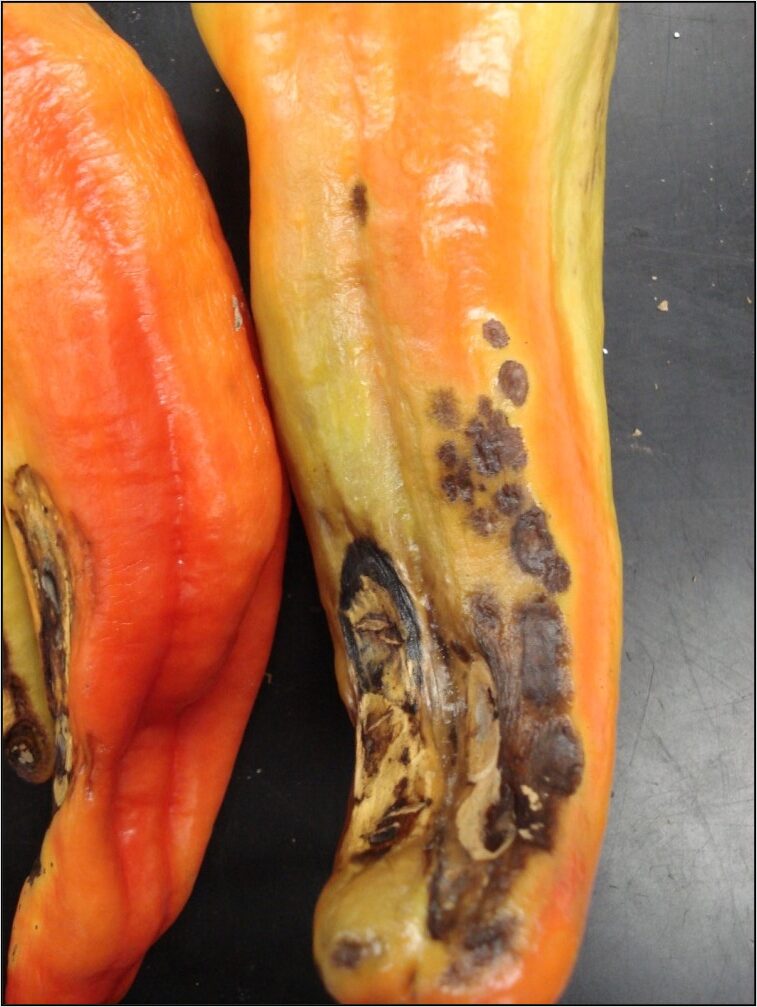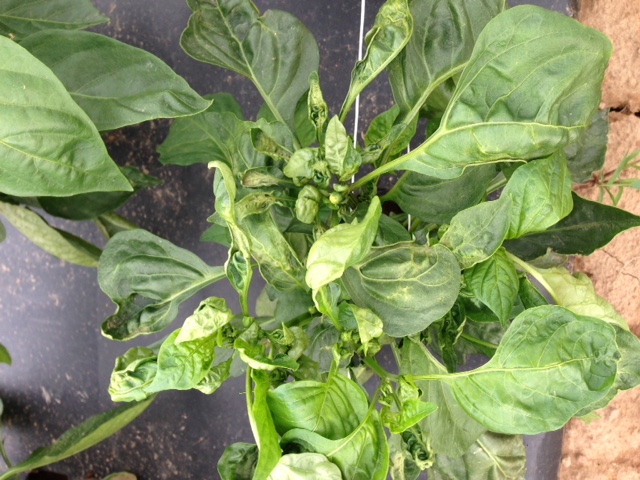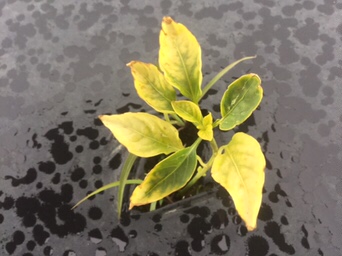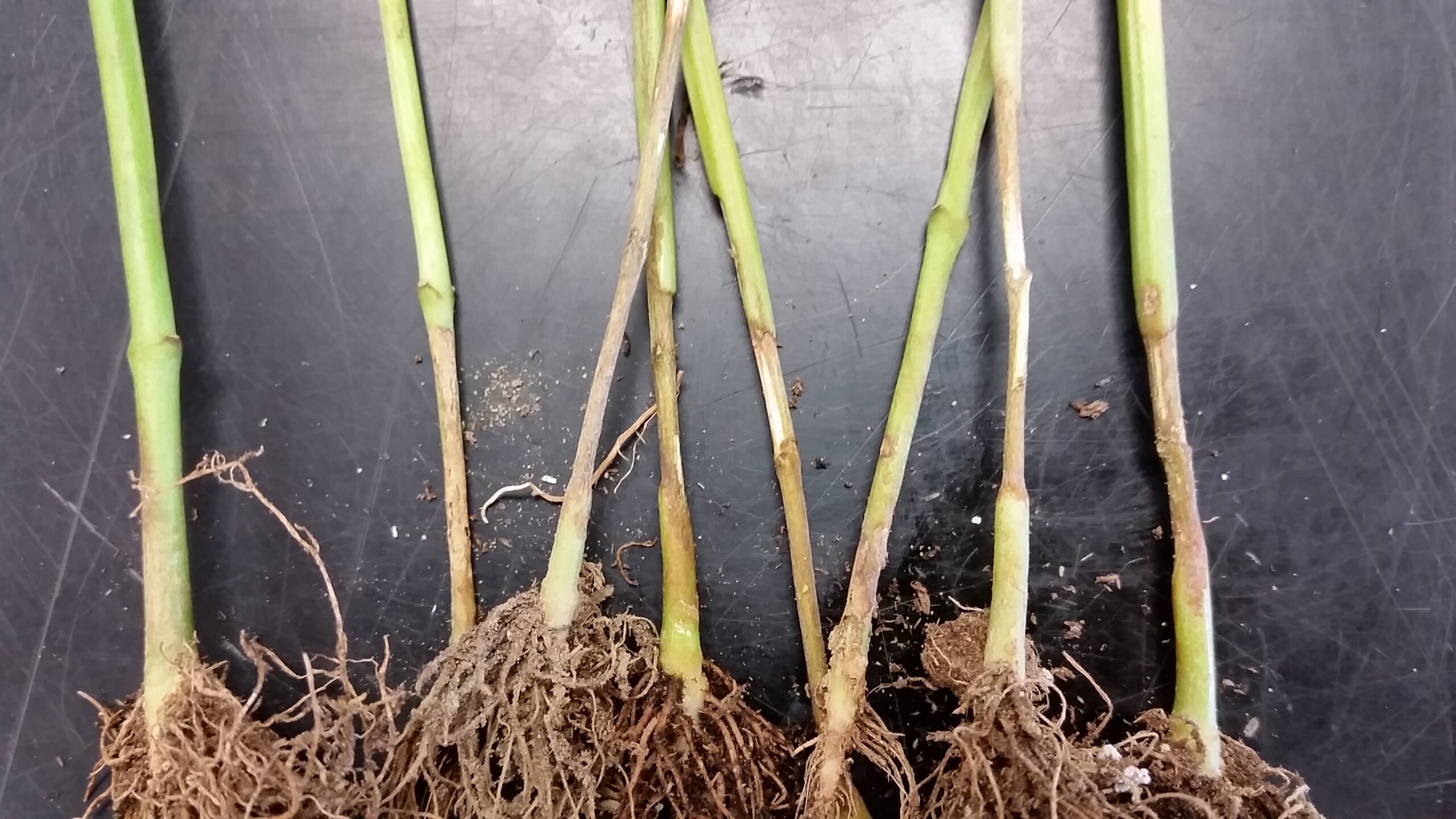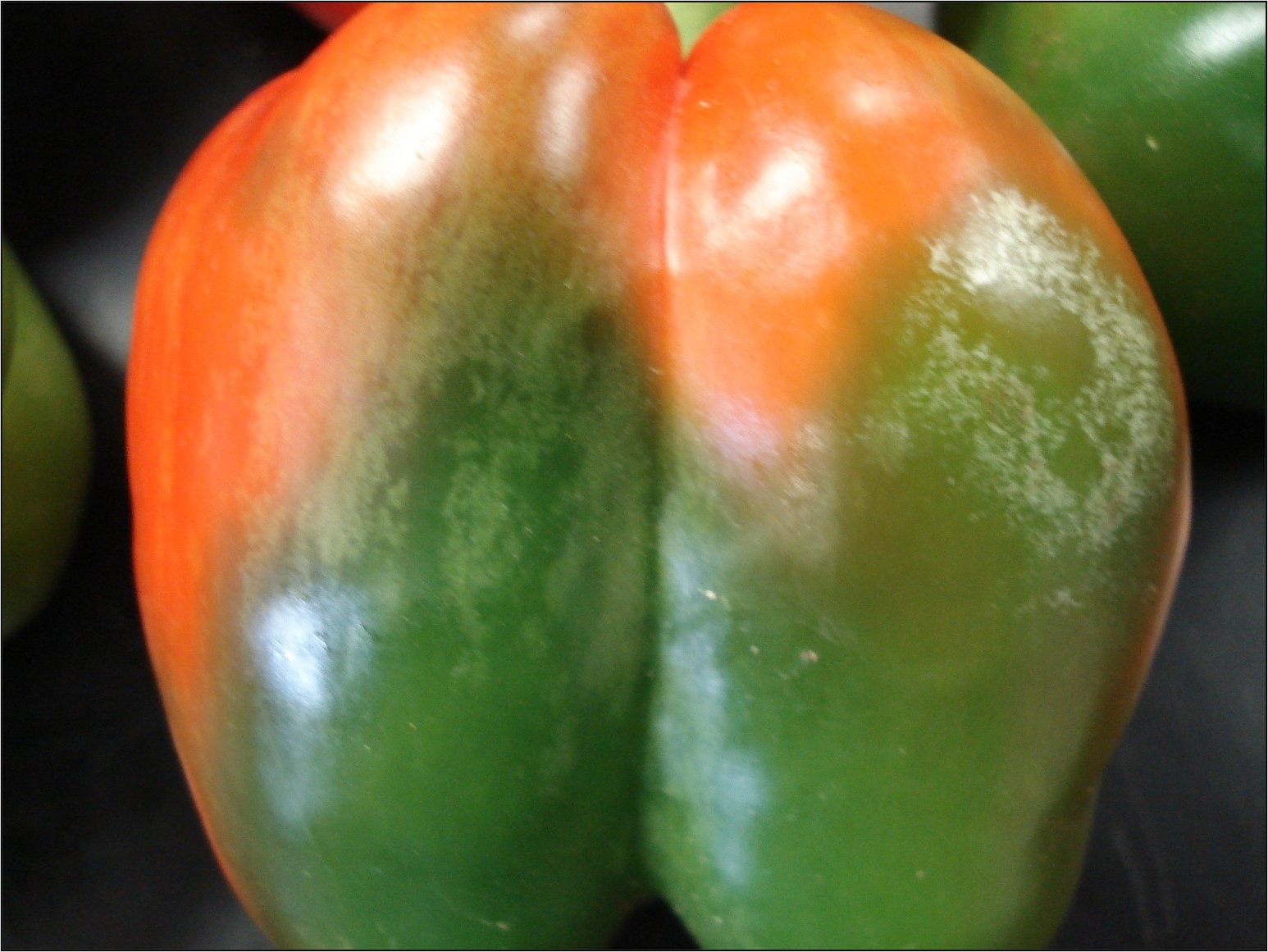Pest Scouting – Please refer to these documents for a full listing of insects pests for your area corresponding to growing degree-days (GDDs).
- Nursery and Landscape Pest Scouting Guide 2022 PDF (note this contains conifer pests as well)
- Conifer Pest Scouting Guide 2022 PDF
Quick look guides for July (Borers and Scales) and (All other)
Contact if seeing insects at different times: twaller@njaes.rutgers.edu (or call the Cumberland County Extension Office – 856-451-2800)
The following key groups of pests will be active, vulnerable, or otherwise treatable during the next month throughout most of NJ. Here, scale insects and borers with key life stage events during the 1000-2500 GDD timeframe are discussed. Note there are many other insect pests present this time of year so please view the pest scouting guides above for your particular needs.
| Projected GDD50 Accumulation as of July 13 2022 | Note: Growing degree-day values utilize daily average air temperatures with a minimum temperature threshold (a.k.a. ‘base’) of 50F = GDD50 (max. temp. threshold set at 95F). These values are accumulated from a biofix date, such as January or March 1st in the NE USA. Provided GDD50 are scouting ranges and should be truthed. | |||||
| Region | Location | Station | 13-Jul | 1-Aug | 1-Sep | |
| South | Upper Deerfield | NJ50 | 1598 | 2115 | 2905 | |
| Central | Howell / Freehold | NJ10 | 1383 | 1871 | 2594 | |
| North | High Point | NJ59 | 1132 | 1541 | 2138 | |
| Forecast: NOAA NCEP Coupled Forecast System model version 2 (CFSv2) forecast system (3.5 months) (USPEST.ORG) | ||||||
Refer to this post “Obtaining your local growing degree-days” for additional information
| BORER Insect Activity for 1000-2500 GDD (~ July) | ||||||
| Crop type | Common Name | Scientific Name | GDD Min (50F) | GDD Max (95F) | Reference | Developmental / Target Stage |
| Many | Roundheaded appletree borer | Saperda candida | 802 | 1129 | RU | Adults |
| Ash | Emerald ash borer | Agrilus planipennis | 1000 | 1200 | 4 | Peak adult activity |
| Many | Roundheaded apple tree borer | Saperda candida | 1514 | 1798 | 5 | Typical treatment window |
| Conifer | Nantucket tip moth | Rhyacionia frustrana | 1514 | 1917 | RU | Adults 2nd generation |
| Maple | Sugar maple borer | Glycobius speciosus | 2032 | 2375 | 5 | Typical treatment window |
| Locust | Locust borer | Magacyllene robiniae | 2271 | 2805 | 5 | Typical treatment window |
| Poplar and Willow | Poplar and willow borer | Crytorhynchus lapathi | 2271 | 2806 | 5 | Typical treatment window |
Click here – “Identifying Clearwing Moth Borers in Pheromone Traps” or “Differentiating the Common Wood Borers of Ash Trees”
| SCALE Insect Activity for 1000 – 2500 GDD (~ July) | ||||||
| Crop type | Common Name | Scientific Name | GDD Min (50F) | GDD Max (95F) | Reference | Developmental / Target Stage |
| Conifer | Cryptomeria scale | Aspidiotus cryptomeriae | 600 | 800 | 3 | First crawler emergence |
| Many | White prunicola scale | Psedaulacaspis prunicola | 707 | 1151 | RU | Crawlers (1st generation) |
| Conifer | Juniper scale | Carulaspis juniperi | 707 | 1260 | RU | Crawlers (1st generation) |
| Many | Calico scale | Eulecanium cerasorum | 714 | – | 6 | Crawlers (1st generation) |
| Conifer | Striped pine scale | Toumeyella pini | 750 | 800 | 4 | Egg hatch |
| Oak, hickory, birch, many | Oak leacanium scale | Parthenolecanium quercifex | 789 | – | 6 | Crawlers (1st generation) |
| Acer | Cottony maple leaf scale | Pulvinaria acericola | 802 | 1265 | 5 | Crawlers (1st generation) |
| Many, shadetrees | Cottony maple scale | Pulvinaria innumerabilis | 802 | 1265 | RU | Crawlers (1st generation) – control target |
| Oaks | Golden oak scale | Asterolecanium variolosum | 802 | 1266 | 5 | Egg hatch |
| Maples | Japanese maple scale | Lopholeucaspis japonica | 829 | – | 6 | Crawlers (1st generation) |
| Elm | European elm scale | Gossyparia spuria | 831 | 1388 | 6,2 | Crawlers (1st generation) |
| Shade trees | European fruit lecanium scale | Parthenolecanium corni | 932 | 1645 | 6,RU | Crawlers – control target |
| Conifer | Pine tortoise scale | Toumeyella parvicornis | 1000 | 1200 | 4 | Egg hatch ends, last of crawlers |
| Yew, many conifers | Fletcher Scale (Yew) | Parthenolecanium fletcheri | 1029 | 1388 | RU | Crawlers (1st generation) – control target |
| Many | Indian wax scale | Ceroplastes ceriferus | 1145 | – | 6 | Crawlers (1st generation) |
| Euonymus | Euonymus Scale | Unaspis euonymil | 1150 | 1388 | 5 | 2nd generation targeted treatments |
| Shade trees | European fruit lecanium scale | Parthenolecanium corni | 1266 | 1645 | 5 | Crawlers |
| Conifer | Pine Needle Scale | Chionaspis pinifoliae | 1290 | 1917 | 3 | Crawlers emerge (2nd generation) – control target |
| Conifer | Hemlock scale | Abgrallaspis ithacae | 1388 | 2154 | 5 | Typical treatment window |
| Malus, Prunus, many | Peachtree borer | Synanthedon sp. | 1500 | 1800 | RU | Larvae Treatment |
| Many | White prunicola scale | Pseudaulacaspis prunicola | 1637 | – | 6 | Egg hatch / crawler (2nd generation) |
| Euonymus | Euonymus Scale | Unaspis euonymil | 1700 | – | RU | Continued 2nd generation treatments |
| Conifer | Cryptomeria scale | Aspidiotus cryptomeriae | 1750 | 2130 | RU, 4 | Crawlers emerge (2nd generation) |
| Many | Obscure scale | Melanaspis obscura | 1774 | – | 6 | Egg hatch / crawler |
| Conifer | Maskell scale | lepidosaphes pallia | 2035 | – | 6 | Egg hatch / crawler (2nd generation) |
| Mainly Tulip | Tulip tree scale | Toumeyella liriodendri | 2037 | 2629 | RU | Crawlers (1st generation) |
| Mainly Magnolia | Magnolia scale | Neolecanium cornuparvum | 2155 | 2800 | RU | Crawlers (1st generation) |
| Maple | Japanese maple scale | Lopholeucaspis japonica | 2508 | – | 6 | Egg hatch / crawler (2nd generation) |
| Conifer | Elongate hemlock scale | Fiorinia externa | 2515 | 2625 | RU | Typical treatment window – fall activity |
| Yew, many conifers | Fletcher Scale (Yew) | Parthenolecanium fletcheri | 2515 | 2800 | RU | Fall control of overwintering stage |
